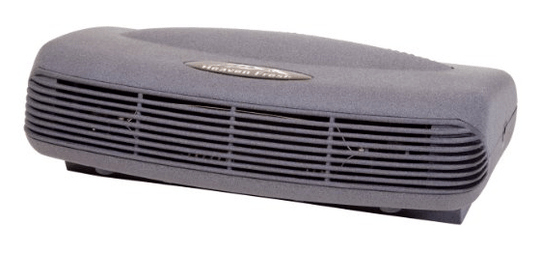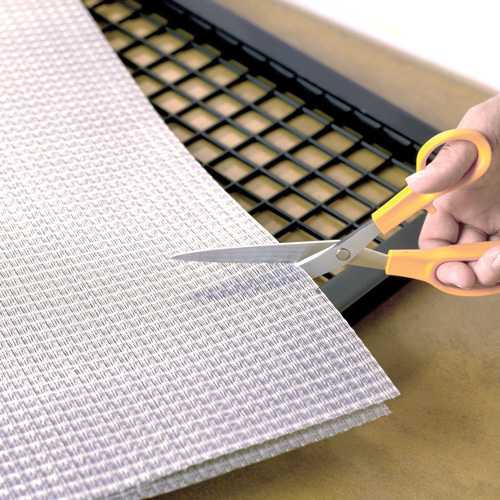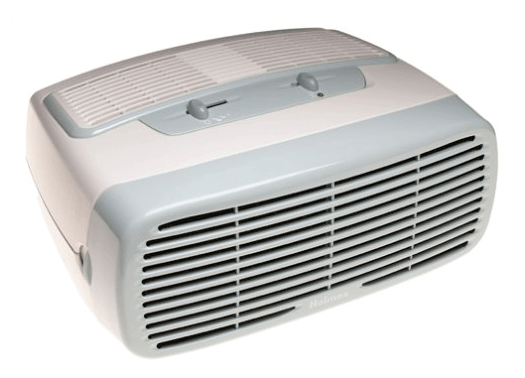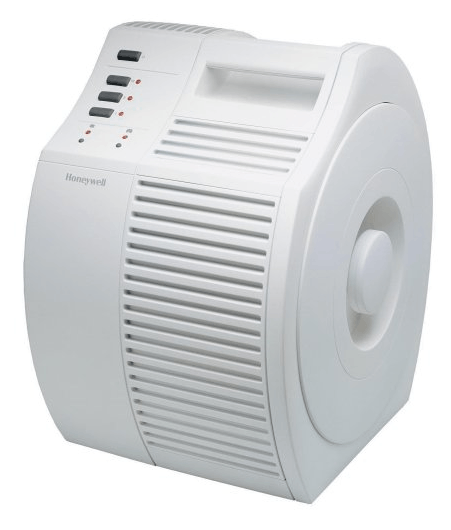4
1
I've searched long and hard to try to find a straight answer to this question, but there seems to only be information on how electrostatically charged air filters work (you know, the kind you put on your central air conditioning air intakes) and not what happens to the air that passes through them afterwards. Using these types of filters have advantages such as very little airflow restriction as well as being extremely efficient in trapping dust/etc. in comparison to a more mechanical type filter. I'm also interested in this for certain overclocking reasons but that's mostly irrelevant (I've heard they dehumidify air quite well though).
What I'm mostly worried about is some sort of charged particles in the air (or perhaps the air itself?) being blown onto my motherboard, etc...or any sort of static charge dissipation that had been developed via how these filters work.
From what I've gathered, when air flows through these types of filters (or, as I've seen personally...these filters seem to already be charged off the shelf somehow and stuff sticks to them with no airflow), the fibers build up a negative static charge which attracts either the more neutrally or positively charged dust/hair/other particles in the air.
The common use of the phrase "static charge" in the descriptions of how these filters work as well as whether or not the air that comes out of them, perhaps particles they did not catch, and then any sort of static dissipation onto any of my computer parts sets off red flags in my head and I can't seem to resolve them.
Can anyone share some insight? By the way, I'm partially thinking about blowing some very high velocity air (like a carpet dryer type fan) through my computer case but sticking one of these filters in front of it....or perhaps at its air intake.
Edit:
I'm not going to lie I am a little bit surprised that I got these answers about two years later than i needed them. It's pretty ironic.
Although this is somewhat unrelated to my original question, I will tell you how I ended up solving this issue that I had without having to deal with filters or worry about electrons, etc.
The full thread is here or at least my big post about it: http://www.overclock.net/t/1462196/diy-0-c-arctic-wind-tunnel-w-h100i-advice-on-ocing-an-i7-4930k-on-a-windy-day-in-antartica
And to this day I still believe that if it wasn't for the issues with my air conditioner producing a very very loud sound and me being unable to force it to continuously run so that room temperature air never went into the tunnel I was trying to create within my computer, which therefore would cause condensation to begin to develop, this still is an outstanding and surprisingly effective way to cool my entire computer for very cheap.... And perhaps possibly even the best way when you compare it to things like phase change which hits the computer processor, but that's about it. This cools everything.
I was able to get my CPU down to around negative thirteen degrees Celsius with the method described in that forum post.
Anyways, I was using water cooling which had a radiator and I positioned this radiator at the entrance to where the very cold air would flow into my computer case. Obviously the air conditioner which was blowing very cold air in a push fashion in an attempt to get it through the radiator.... Which watercooled my computer processor.
Normally this would produce turbulent flow which wouldn't work very well, so I had positioned a box fan at the other end and sealed everything. I just used aluminized duct tape, posterboard, and a hot glue gun... Literally.
The box fan produce enough I guess reverse force in terms of section to produce enough laminar flow so that the turbulent flow coming from the air conditioner would then flow through the radiator.
I actually got this to work perfectly.
Here's the elegant part. The radiator was the only means of air entering the case, which means it also acted as a mechanical filter. So I didn't have to worry about filtering the air in any other means to be honest.
To add to its elegance, the room I was in was actually very cold due to having a hole in the wall during the winter. Therefore, I directed the output of the window air conditioner towards me, which warned me up.
This set up was kind of beautiful. I miss it. Although the air conditioner was way too loud for me.
Anyways, I do appreciate the inputs here so I will award someone. I'm still confused as to why it got answered two years after I asked it though.







1@Taal: If the room air is particle-free, where is the dust going to come from to build up, regardless of how hard you blow it? This is one way it's accomplished commercially. I don't know why you think it's humorous. – fixer1234 – 2015-10-08T14:35:50.050
the inevitable fact that any warm/hot air exhausted from the system will have to be exchanged for air that is of a lower temperature, otherwise the room builds up in temperature to a point where the cooling mechanism doesn't really work as well anymore....youd have to read my edit in the question. – Taal – 2015-10-08T14:55:37.940
1You fundamentally changed your approach without updating the question. I was answering the original question. When you add an air conditioner to the equation, that changes everything in terms of serious heat needing to be removed from the room. BTW, as awesome as this setup is, there are diminishing returns. No matter how cold you get the heat dissipation surfaces, you can't remove heat from the CPU faster than it can migrate there. re: 2 yr delay--people discover questions 4 & 5 yrs later that are still relevant and answer them. Cees' answer bumped this to the active list where I saw it. – fixer1234 – 2015-10-10T06:13:01.733